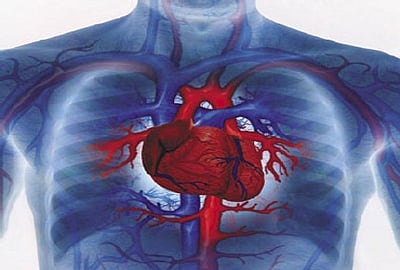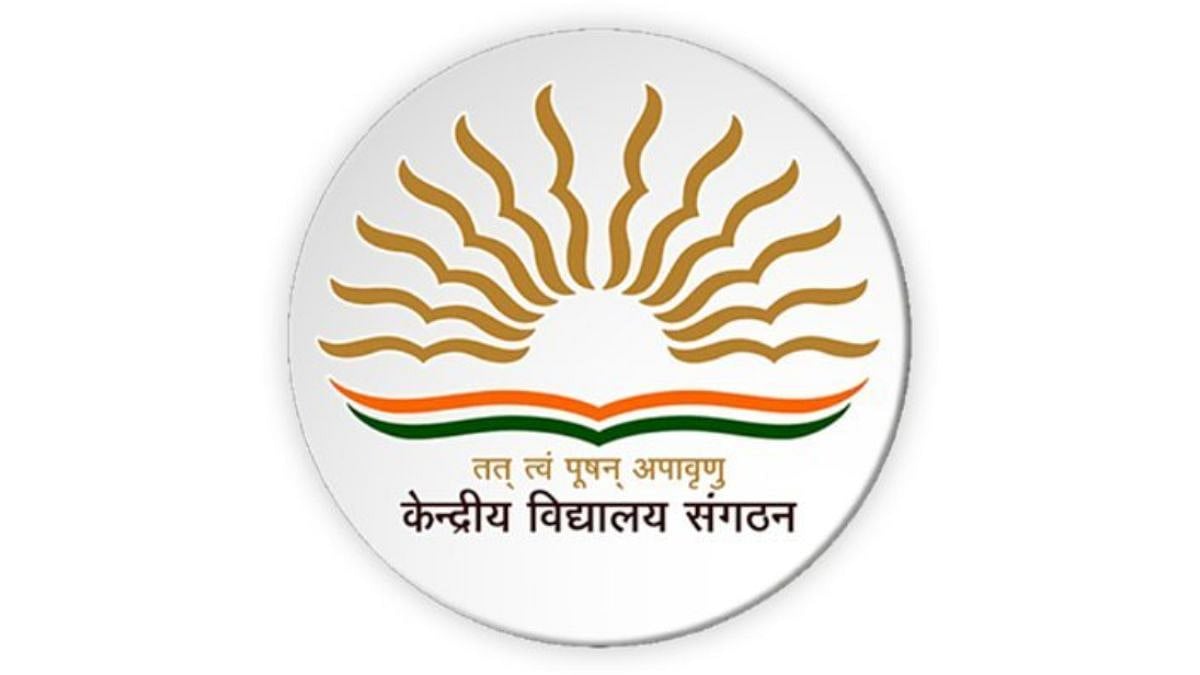US-based endocrinologist Alexander Williams, MD, shares, “The Glycemic Index is used to classify foods that contain carbohydrates, their potential for raising blood sugar, and how quickly they raise your blood sugar.”
Carbohydrates don't deserve the bad name they get; here's why: Not every carb is created equal. Simple carbohydrates — like the sugars found in soda and sweet desserts — are broken down faster than the more complex carbohydrates found in most vegetables and wholegrain foods. The effect that these carbs have on your blood sugar levels is calculated using the GI. The knowledge of the GI of foods has been useful for people with Type 2 diabetes to help them prevent insulin spikes and control their blood sugar levels. That’s why it is important to eat foods with a low GI to control blood sugar levels.
You may have noticed that certain foods give you a quick burst of energy or a “sugar rush”, raising your blood sugar; but leave you feeling tired and hungry soon after. These foods are usually candies, foods high in simple carbohydrates, sugary desserts, sodas and more. These can be classified as foods with a high Glycemic Index.
Foods that contain a high amount of starch are rapidly broken down by the body, increasing blood glucose levels. These foods are processed by the body at a fast pace, causing the body to produce high insulin levels to process the sugar causing insulin spikes. But a diet with a low Glycemic Index won’t make your insulin spike; these foods will be processed and metabolised slowly by your body, keeping your blood sugar levels at a moderate rate.
The GI values can be broken down into three ranges. A low GI is a food that won't raise your blood sugar as much as a food with a medium or high GI.
Glycemic Index Values
Low GI: 55 or less (most fruits and vegetables, beans, minimally processed grains, pasta, low-fat dairy foods, and nuts)
Medium GI: 56 to 69 (white and sweet potatoes, corn, white rice, couscous, and breakfast cereals such as cream of wheat and mini wheats)
High GI: 70 to 100 (white bread, rice cakes, most crackers, bagels, cakes, doughnuts, croissants, and most packaged breakfast cereals)
Where the GI falls short
It is interesting to note that the GI of foods can change depending on the composition of the meal. For instance, eating an apple will have a different impact on the glucose response when you eat it with some peanut butter. Not every single food item has been studied, but the existing data can give you an insight into similar foods to make better estimations. For example, foods that are high in protein and fat tend to have a low Glycemic Index.
GI values don't take into account the amount or quantity of food consumed, or the quality (the nutritional values) of the food. The Glycemic Index is difficult to calculate when it comes to planning a meal. However, it can be used to understand that the same calories in two different carb sources will be processed differently in your body. Hence, it will push you to make healthier food choices.
Although the GI gives you a good estimate of what carbs to consume over others, it does not give you the whole picture. It doesn't take into account how much food is being consumed or its nutritional level (protein, fats, antioxidants, vitamins, minerals, etc). Not all foods with a low Glycemic Index are packed with nutrition. For this, it is helpful to understand Glycemic Load.
Glycemic Load
The GI of a food tells you how drastically it will make your blood sugar rise. However, it doesn't tell you how high your blood sugar could go when you eat the food (in the quantities you consume). To understand a food's complete effect on blood sugar, you need to know both — how quickly it makes glucose enter the bloodstream, and how much glucose per serving it can deliver. Both of which can be calculated using Glycemic Load.
GL = GI x grams of carbohydrate per portion/100
Watermelon, for example, has a high Glycemic Index (80). But a serving of watermelon has so little carbohydrate that its Glycemic Load is only 5.
Making better food choices
Foods with a low GI tend to be whole, unprocessed fruits, vegetables, beans, grains and lentils. They also offer higher levels of dietary fibre known for maintaining better gut and overall health, improving heart health, and reducing your risk of Type 2 diabetes.
According to leading health guru Dr Mickey Mehta, “Gylcemic response can be managed by eating high fibre foods, meditation, breathing, chewing food well, eating at appropriate times – starting your day with herbal teas, eating high fibre foods through the day, eating dinner early, and getting plenty of sunshine.”
Understanding GI helps you in:
Being more mindful of carb intake; eating whole grains, fruits, vegetables, legumes etc.
Relying less on restrictive diets, calorie counting and portion control.
Eating wholesome, well-balanced meals.
Key takeaways
Given that not all foods and food combinations can be studied; and different people’s bodies process foods differently depending on various other factors, it is important to not allow numbers to define your life. Instead, use them as another tool to understand and focus on overall health.














